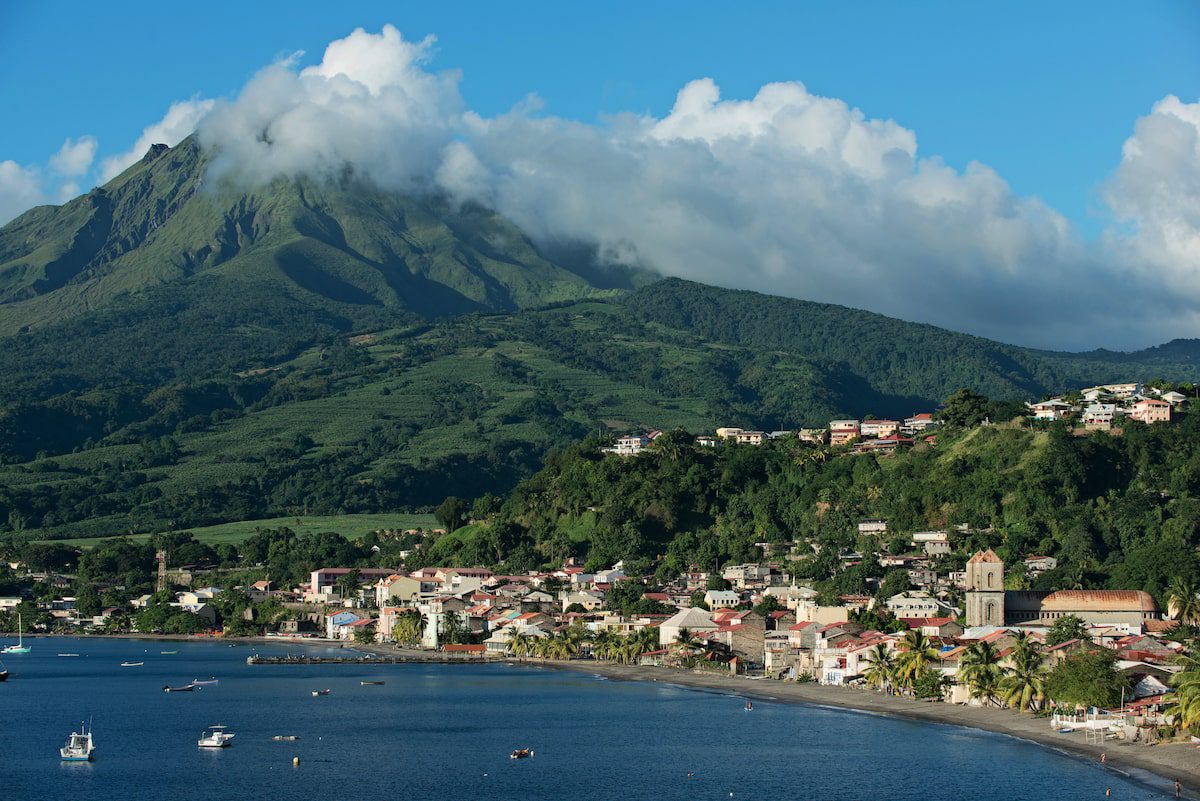More Than Breathtaking Beaches: Adventures For Women in Martinique
2 min readCome for Martinique's beaches but stay for eco-friendly adventures like hiking in lush rainforests, birdwatching and kayaking.
The post More Than Breathtaking Beaches: Adventures For Women in Martinique appeared first on JourneyWoman.

4. Explore Martinique’s hiking trails
The island boasts over two dozen incredible hikes and walks for all skill levels. Reconnoitre trails that lead to breathtaking viewpoints, cascading waterfalls, and hidden gems, all while contributing to conservation efforts that protect these natural habitats. Experienced hikers can tackle the 30-kilometre La Trace des Caps or the six-and-a-half-hour Pitons du Carbet, featuring dense vegetation and steep passages. For those seeking easier terrain, the Caravelle Peninsula offers scenic trails and a secluded spot for swimming, making it perfect for a more relaxed adventure.
5. Take a volcano tour in Martinique
Embark on an eco-tour to Mount Pelée, Martinique’s iconic volcano and a UNESCO World Heritage site. The volcano, along with its lush rainforests and the dense area surrounding the northern lava pitons, has been recognized for its outstanding natural value. On this tour, you’ll delve into the island’s volcanic history and discover the ongoing efforts to preserve this unique environment.
These guided tours provide a captivating insight into the natural forces that have shaped Martinique, highlighting the island’s commitment to sustainable tourism practices. Along the way, you’ll encounter diverse plants and flowers, learn about local conservation initiatives, and experience breathtaking views of Mount Pelée.
6. Discover Martinique’s cultural riches
Martinique’s history is as rich as it is complex, shaped by centuries of colonization and resilience. To truly grasp the island’s past, visiting La Savane des Esclaves is essential. Founded by Martinican historian Gilbert Larose (a wonderful and approachable local celebrity!), this outdoor museum is the culmination of his life’s work, dedicated to preserving and illustrating the island’s history over the last 400 years. Through meticulously recreated scenes and detailed exhibits, Larose vividly portrays life on the island before, during, and after the era of slavery.
The gardens are spectacular in design, and even more incredible is their educational value. Larose continues to cultivate dozens of medicinal plants that he still relies on today thanks to the teaching of his grandmother — one of the many ways he ensures that future generations remember the knowledge, struggles, and traditions of Martinique. I spent two hours at La Savane des Esclaves but could have stayed twice as long reading all the incredible information on the signs, watching Larose’s video, visiting the beautiful boutique and enjoying the delicious homemade ice cream.



